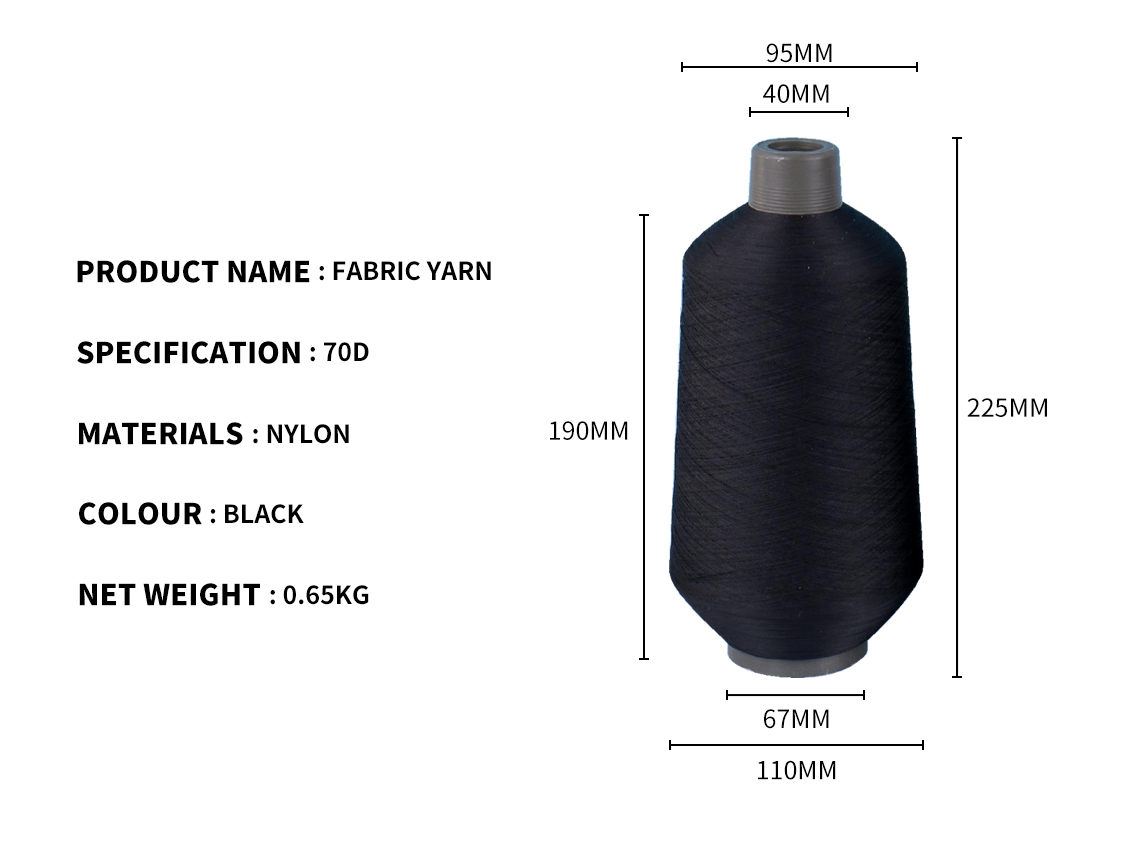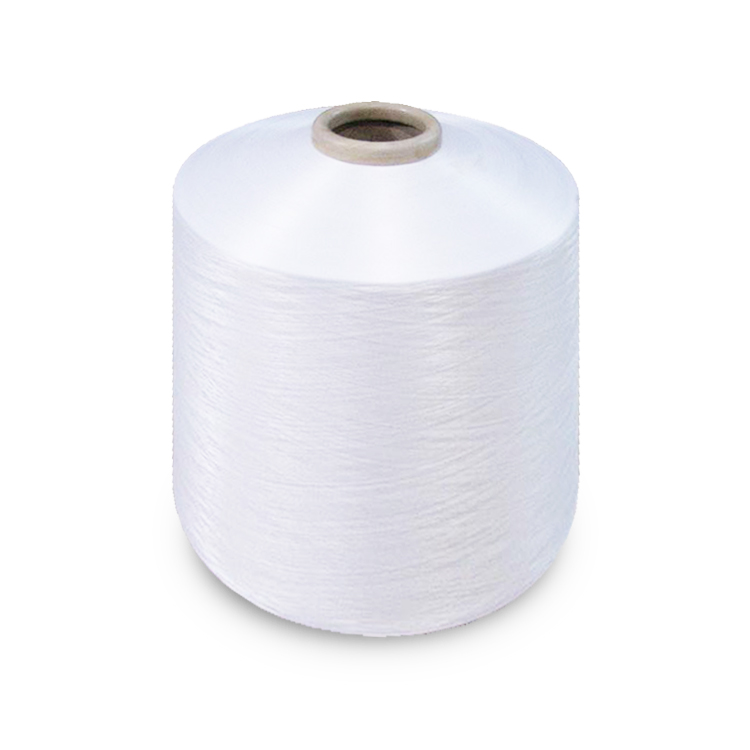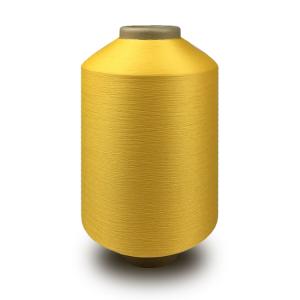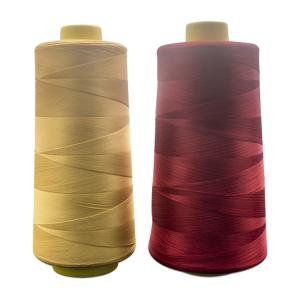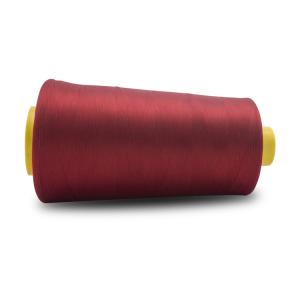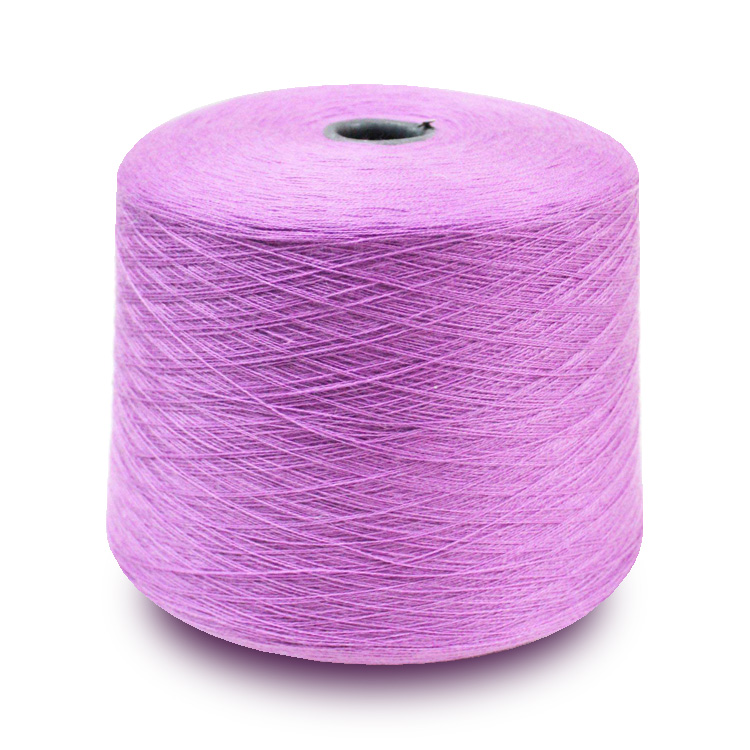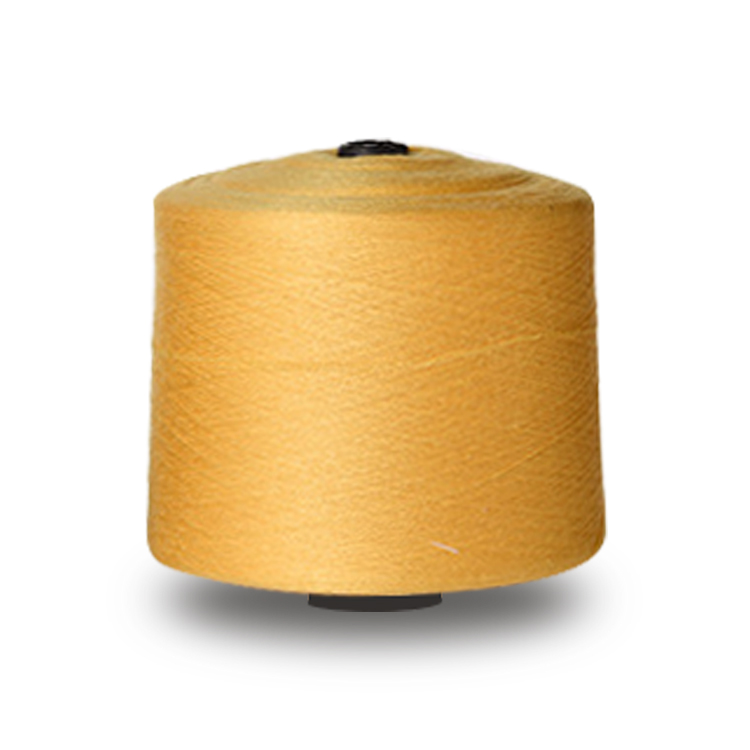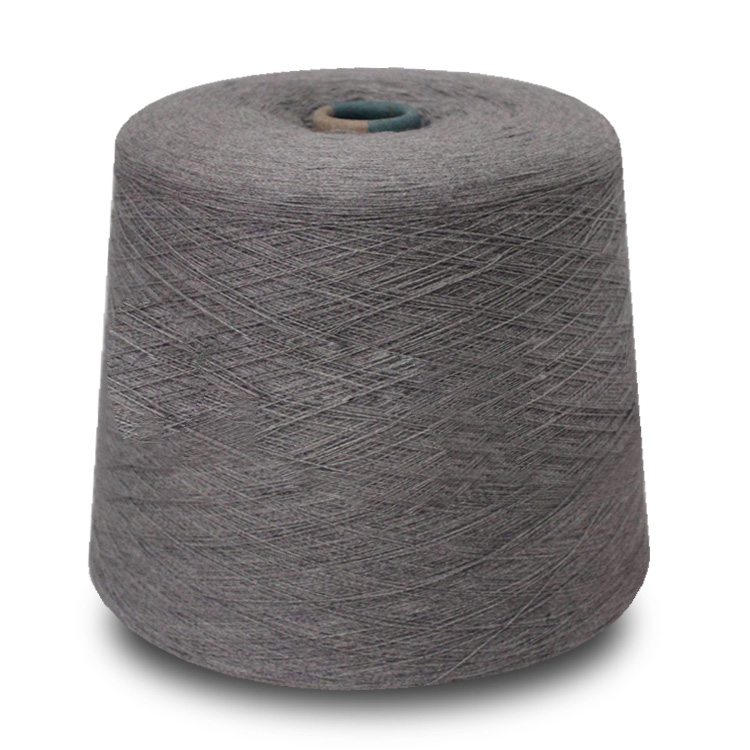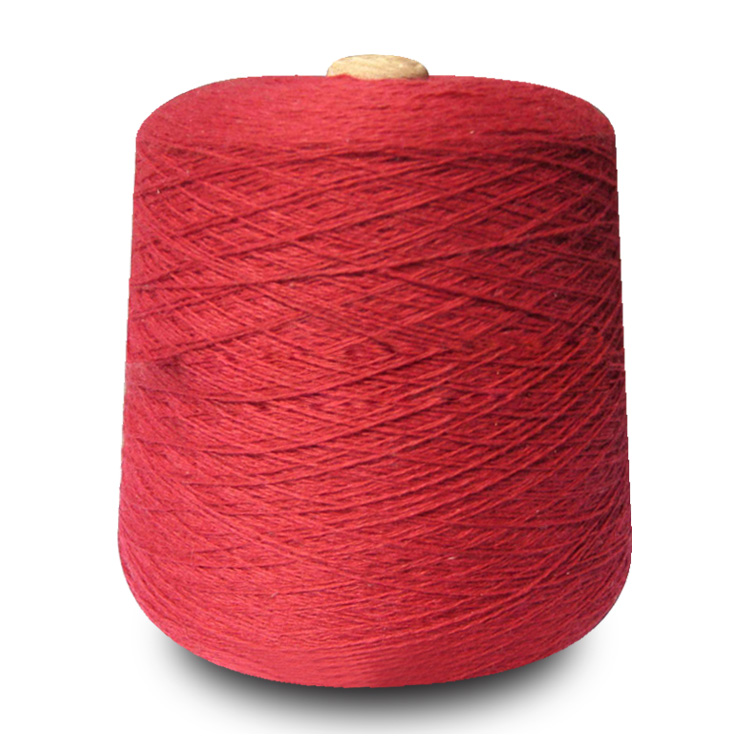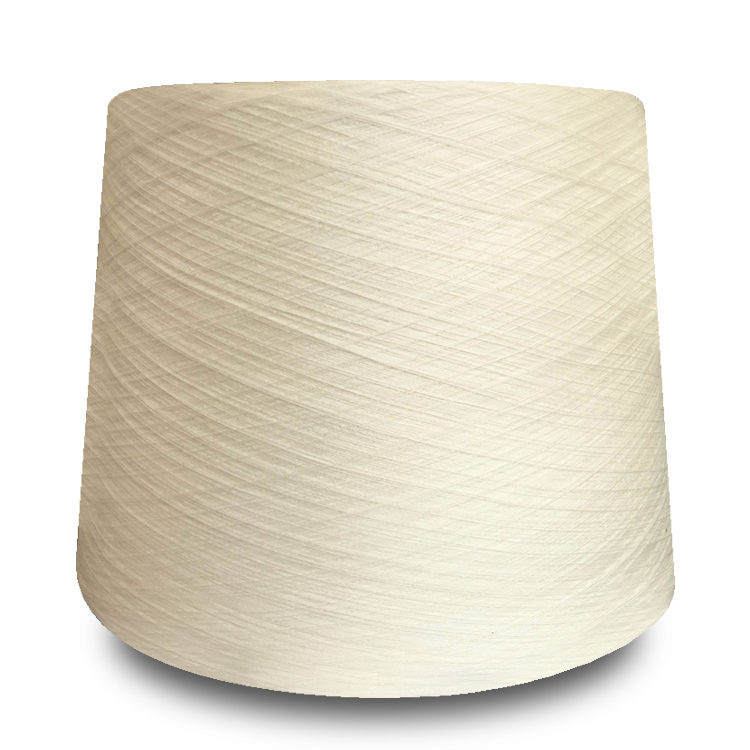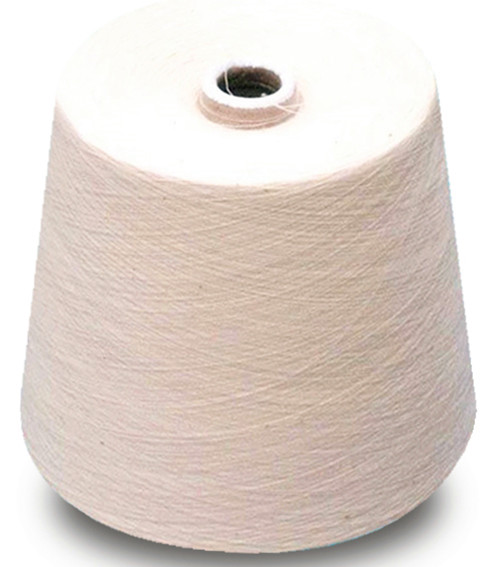Share to:
Related Products
High quality polyester cotton 21s/2 dyed fabric yarn
LQ-26-03
Price: From $0.66
Delivery time: 9-20 days after payment
MOQ: 500 kg
Pattern:Dyed
Technics:Ring spun
Use:Sewing, knitting, hand knitting, weaving, embroidery
Feature:Anti-bacteria, anti-pilling, moisture-absorbent, high tenacity, Eco-friendly
Evenness:High uniformity
Twist:Customized
Yarn count:20s 30s
Strength:High
Color:Raw white / dope dyed black / multi-color
Usage:Socks, gloves , underwear ,shoes upper,headwear, ribbon
MOQ:500kg
Sample:Free sample
Common fabric yarn indicators
1. Number of metric expenditures (Nm)
Metric count refers to the number of metres in length of 1G fibers or fabric yarns at a given moisture regain, in units of branch. The larger the value, the finer the yarn. Metric count is mainly used in wool and fancy yarns.
2. British branch (Ne/S)
The British count refers to the 840 yards multiple per pound of fabric yarn at a given moisture regain. The British count is fixed, so the bigger the count, the thinner the yarn.
3. Daniel (D)
Fiber densities refer to the prescribed weight grams of fibers or fabric yarns 9,000 meters long, in Daniel, short for Daniel. It is often used in chemical fibers and silk. The larger the value, the thicker the fibre or yarn per month.
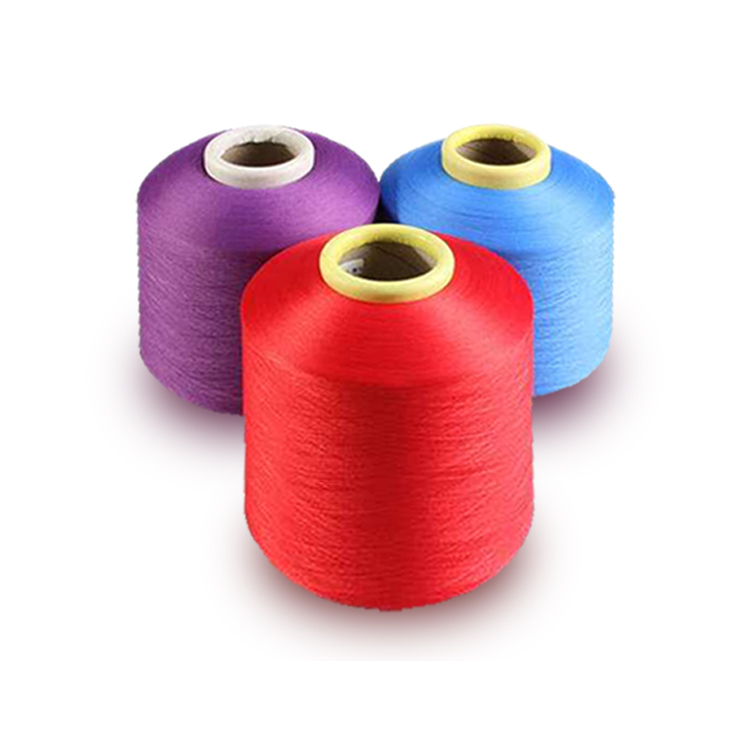
4. Tex (fixed length)
Tex refers to the weight grams of 1000 meters long fibers or fabric yarns at a given moisture regain. The larger the Tex value, the thicker the fibre or fabric yarn.
Unit conversion
Conversion of tex and metric expenditure (N):
Tex*N=1000
Conversion of tex and daniel (D):
D = 9tex
Conversion of tex and british count (S-cotton fabric yarn):
Tex*S=K
(K value: pure cotton fabric yarn K = 583.1, purified fiber K = 590.5, polyester-cotton yarn K = 587.6, cotton-viscose yarn (75:25) K = 584.8, vinylon fabric yarn (50:50) K = 587.0)
Conversion of Daniel (D) and British Expenditure (S):
D*S=5315
Conversion of Daniel (D) and metric expenditure (N):
D*N=9000
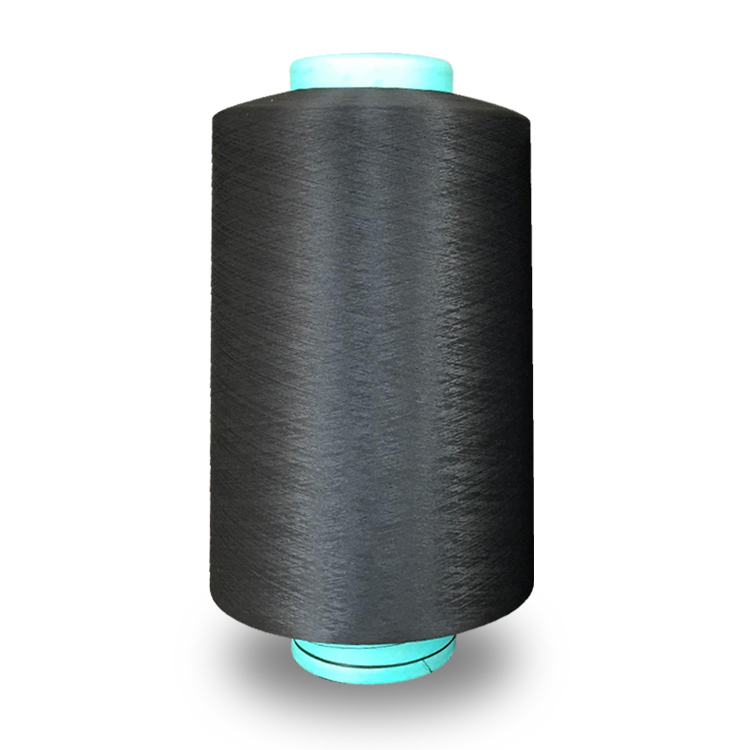
Spinning process:
Cotton blending blowing and carding carding drawing (air spinning) roving spinning winder
Main raw material for spinning: cotton
Spinning mill raw materials:
Cotton blending: reciprocating cotton grabber
Cotton matching: Disc Grabber
Blowing-carding unit: Coiler
Carding process: Carding machine
Carding process: Carding machine structure
Drawing process: Drawing machine
Roving process: Roving frame
Spinning process: spinning frame
Spinning extension products:
Ordinary ring spinning: Carding and combing
Siro spinning: AB fabric yarn
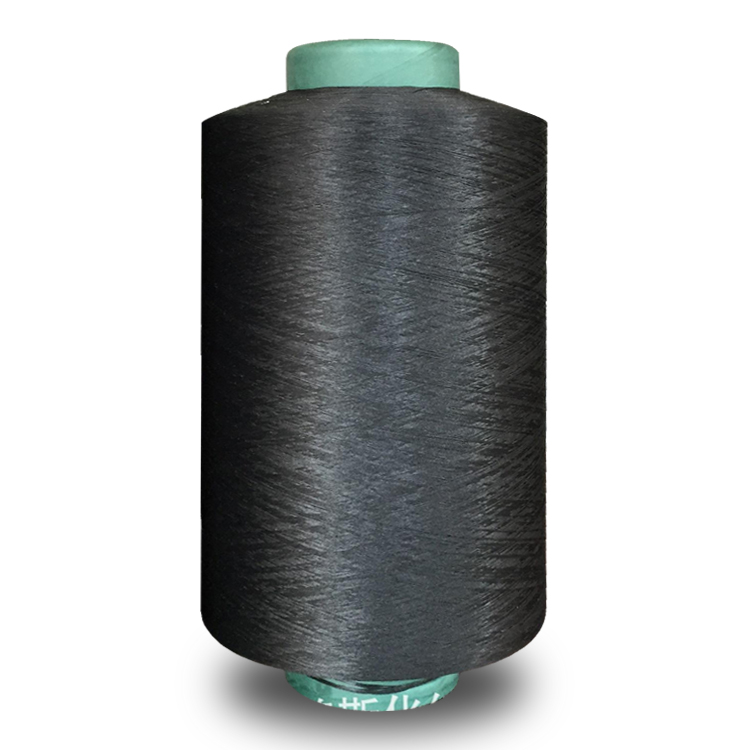
Compact spinning:
The fabric yarn triangle area of spinning frame is added with bagpipes, which adsorbs the sliver to the flute tube before twisting and twists it into yarn. This fabric yarn has high strength, less hairiness and more uniform evenness.
Compact siro spinning:
On the basis of compact spinning, two roving yarns are fed into a uniform nipper and twisted into one fabric yarn.
Core-spun fabric yarn:
Add a spandex stretch yarn to increase yarn length
Extended products of spinning process:
Differences between compact spinning and ring spinning:
Production principle of core-spun fabric yarn:
Spinning Process Products: Tube fabric yarn
Winding process: Winder
Final products of spinning mills:
Basic knowledge of fabric yarn:
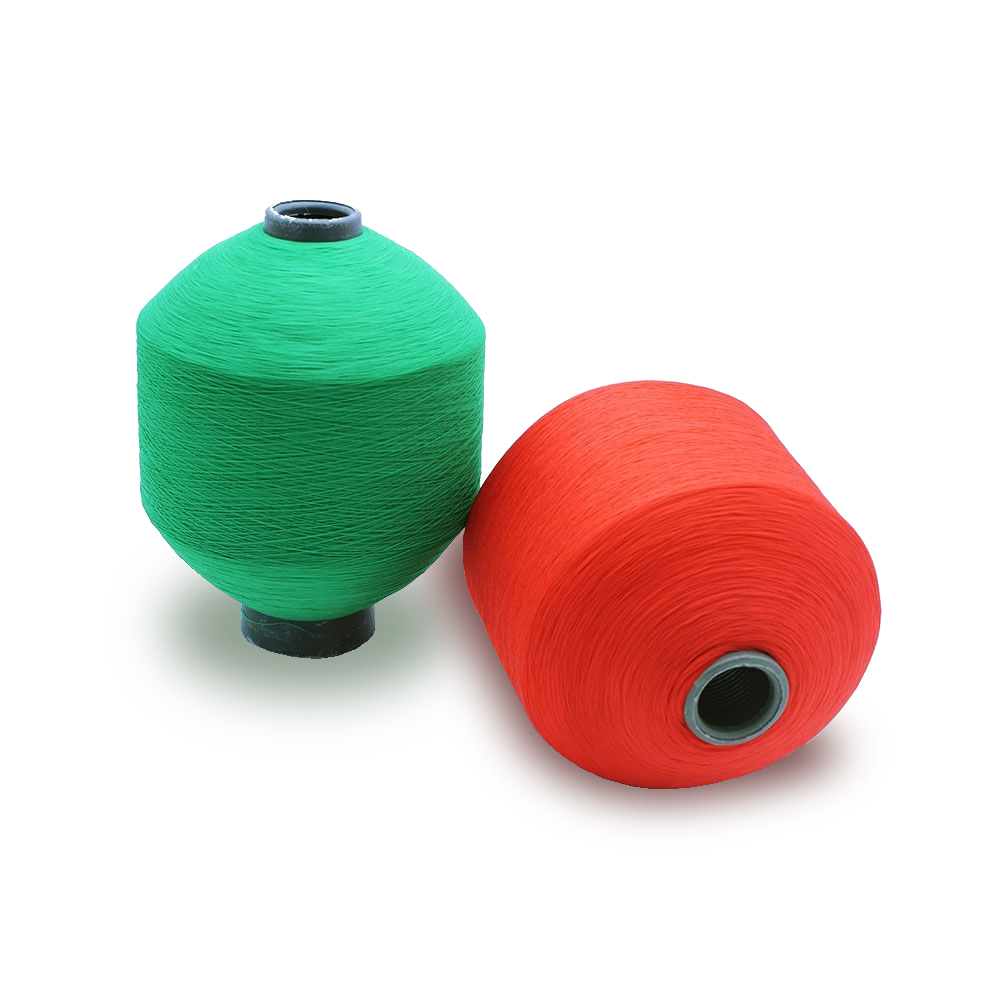
Definition of fabric yarn
It is a continuous linear object made of various textile fibers.
Fabric yarn is mainly used for weaving shuttle fabrics, knitted fabrics, knitted fabrics and some non-woven fabrics.
Classification of fabric yarns
1. Pure spinning fabric yarn
Pure spinning fabric yarn consists of the same kind of fiber, such as pure cotton fabric yarn, wool fabric yarn, viscose fabric yarn, acrylic fabric yarn, polyester fabric yarn, nylon fabric yarn and so on.
2. Blended fabric yarn
Blended or twisted yarns are yarns composed of two or more fibers.
The nomenclature of blended fabric yarn:
When the content is the same, it is arranged in the order of natural fibers, synthetic fibers and regenerated fibers, and the raw materials are separated by "/".
For example, polyester/cotton fabric yarn (T/C yarn) contains more polyester than cotton. Polyester-cotton blended fabric yarn (or inverted polyester-cotton blended fabric yarn) with CVC yarn and cotton as the main component. The blended fabric yarns of 50% polyester, 15% nylon and 35% cotton are called polyester/cotton/nylon fabric yarns.
3. strand
Two or more single fabric yarns are assembled and twisted together to form a fabric yarn called strand, or yarn for short.
"Yarn" consists of many short fibers or filaments arranged in an approximate parallel state and twisted along the axis to form a slender object with certain strength and linear density.
"Yarn" is a ply yarn twisted by two or more single fabric yarns.
Single fabric yarn
Strand (double strand)
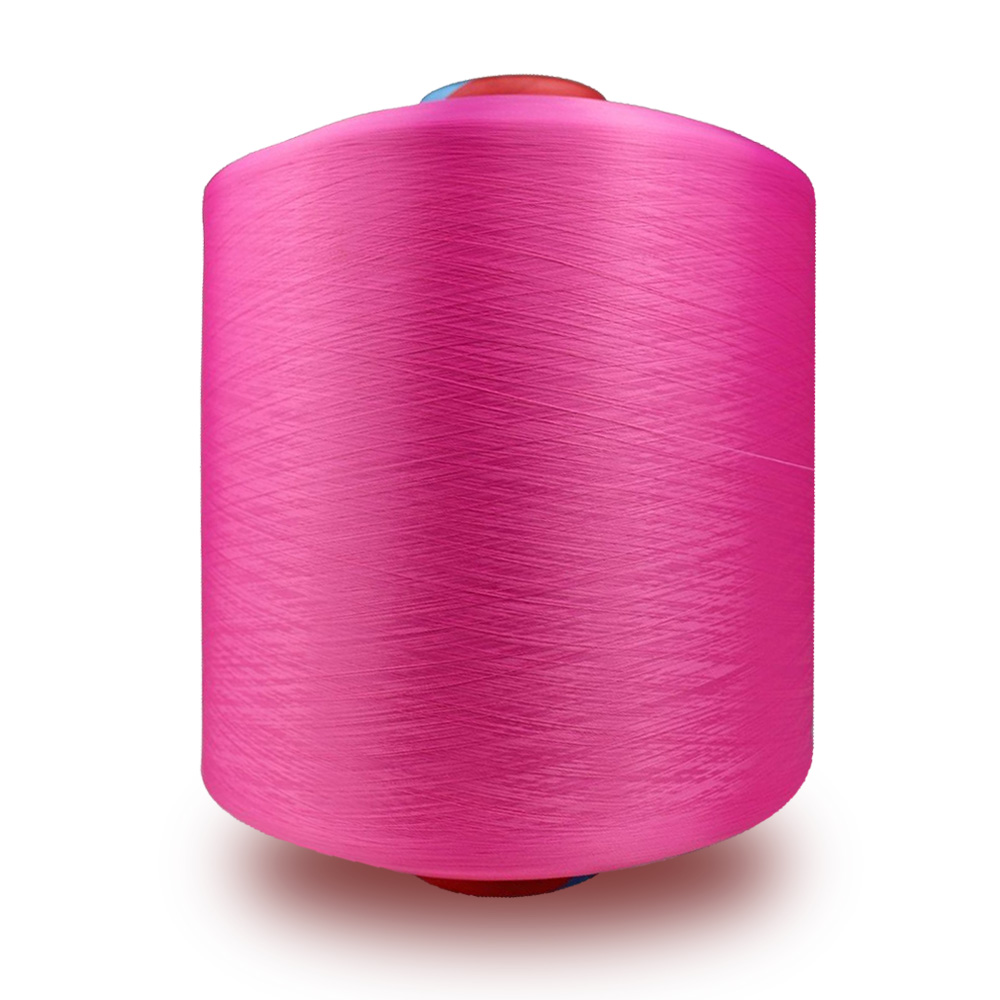
According to structure and shape
It is divided into filament fabric yarn, spun fabric yarn and special yarn.
(a) filament fabric yarn
1. Single filament: single filament
2. Multi-filament: The tow composed of multiple filaments is divided into twisted and untwisted multi-filaments.
3. Compound twisting: Twisted filaments are combined and twisted once or more.
4. Textured fabric yarn
Yarn with elasticity or high bulkiness is made from the plasticizing deformation of synthetic fibers when heated.
(1) Yarn
(2) Elastic fabric yarn: the left picture is elastic yarn (high elastic), and the right picture is elastic fabric yarn (low elastic).
(b) staple spun fabric yarn
1. By structure
(1) Single fabric yarn
Short fibers are bundled and twisted.
(2) Strand
It is made by twisting two or more single yarns together.
(3) Twisted strands (cables)
A combination of two or more strands, such as a cable.
(c) Filament/staple combination or composite fabric yarn
1. Entangled fabric yarn
The twistless bundle (staple or filament) is spirally wrapped around the staple or filament. For example, cotton fibers are used to wrap silk.
2. Core-spun fabric yarn
Staple spun fibers are coated on the core of filament fabric yarns, such as cotton/ammonia core-spun yarn and polyester/cotton core-spun fabric yarn.
3. Filament/staple ply fabric yarn
It is made of filament yarn and staple yarn by parallel twisting.
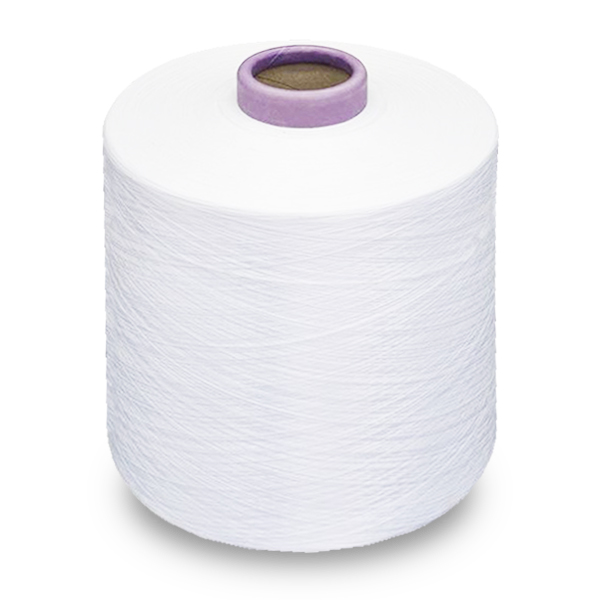
(d) fancy fabric yarns
It is twisted by core fabric yarn, decorative yarn and wrapping fabric yarn.
Core fabric yarn: located in the center of the yarn, providing strength;
Decorative fabric yarn: obtain fancy effect;
Fixed fabric yarn: Fixed pattern.
According to the spinning system:
It is divided into combed yarn, carding yarn and waste spinning fabric yarn.
(a) worsted fabric yarn (JC/CJ) (CM combed)
Also known as combed fabric yarn, refers to the yarn spun through the combing process, including combed cotton yarn and combed wool fabric yarn.
Combed yarn characteristics:
The parallel straightness of the fibers is high, the evenness is even, but the cost is high and the yarn count is high.
Mainly used for high-grade fabrics and knitted materials, such as spinning, Huada, flower, sweater and so on.
(b) Roving (C) (CD CARDED)
Yarn spun without combing.
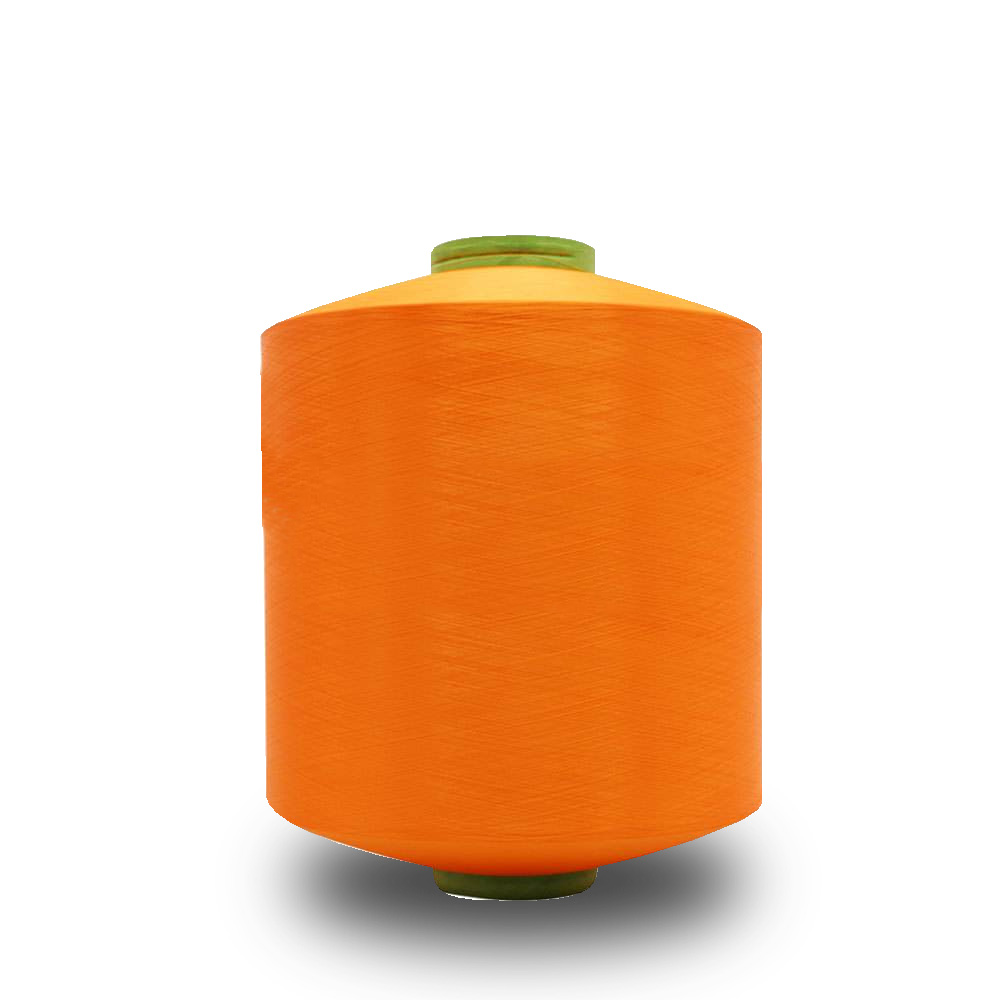
All chemical and cellulosic fibers do not go through the combing process
Characteristic and application of carding fabric yarn.
The content of medium and short fibers is more, the parallel straightness of fibers is poor, the structure is loose, the wool is more, the yarn count is lower, and the quality is poor.
It is mostly used as raw materials for general fabrics and knitted fabrics, such as woolen fabrics, cotton fabrics above medium and special size, etc.
(c) Waste spinning
Waste spinning refers to the yarn that is spun with textile scrap (cotton scrap) or blended with low-grade raw materials.
Waste spinning characteristics:
Yarn quality is poor, soft, uneven evenness, impurity, poor color, generally only used for weaving low-grade fabrics such as coarse cotton blanket, thick flannel and packaging cloth.
According to spinning method:
It is divided into ring spinning and free end fabric yarn.
1. Ring Spinning (RING SPUN)
Ring fabric yarn refers to the yarn twisted by traditional spinning method on ring spinning frame.
The fabric yarn has close structure and high strength.
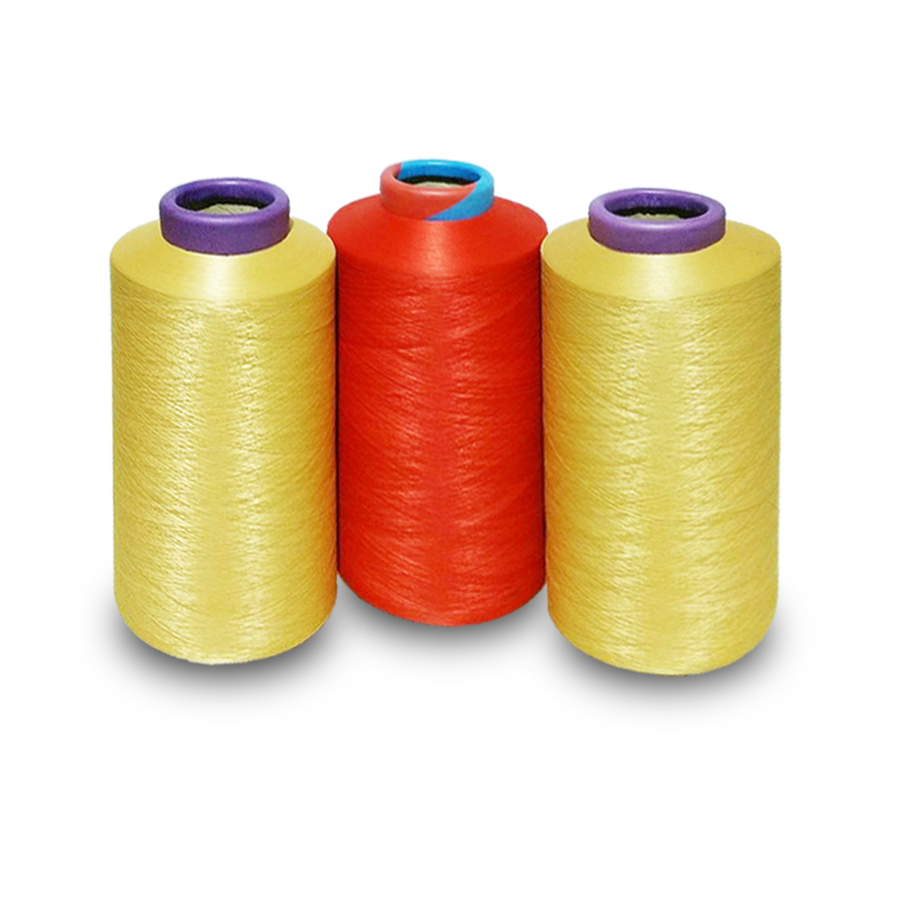
2. Open end
Free end fabric yarn refers to the coagulation and twisting of fibers into fabric yarns in the flow field of a spinning cup at high speed or in the electrostatic field.
The twisting and winding of the fabric yarn are accomplished by different components respectively, so the fabric yarn has high efficiency and low cost.
Representation of free end spinning-air spinning
Airflow fabric yarn:
Rotor spinning, also known as rotor spinning, is the use of air flow to coagulate fibers in the high-speed rotating spinning cup and twist the output into fabric yarn.
Airflow fabric yarn characteristics:
Compared with ring spinning yarn, the yarn structure is fluffy, wear-resisting, evenness and bright dyeing, but its strength is lower.
It is mainly used for bulky, thick plain cloth and velvet cloth with good handle in woven fabrics.
According to fabric yarn usage
1. Woven fabric yarn: (Weaving)
Woven fabric yarn refers to the yarn used to process woven fabrics, which is divided into warp fabric yarn and weft fabric yarn.
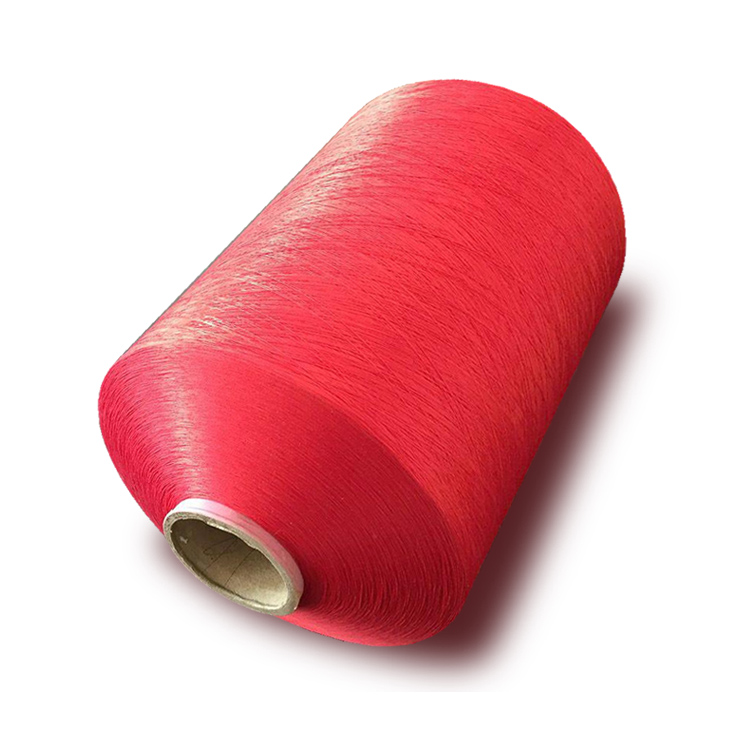
The warp:
As a longitudinal fabric yarn of fabrics, it has the characteristics of bigger twist, higher strength and better wear resistance.
Weft:
As a transverse yarn of fabric, it has the characteristics of small twist, low strength, but soft.
2. Knitting fabric yarn:
Knitting fabric yarn is the yarn used for knitting fabrics. The fabric yarn is of high quality, low twist and moderate strength.
3. Other fabric yarns:
Including sewing fabric yarn thread, embroidery fabric yarn thread, knitting fabric yarn thread, miscellaneous fabric yarn thread, etc. The requirements for these fabric yarns vary according to their uses.
Introduction of fabric yarn indexes:
Twist, strength, fabric yarn count, evenness, detail, knot and knot belong to Utter index, which is measured by Utter instrument.
